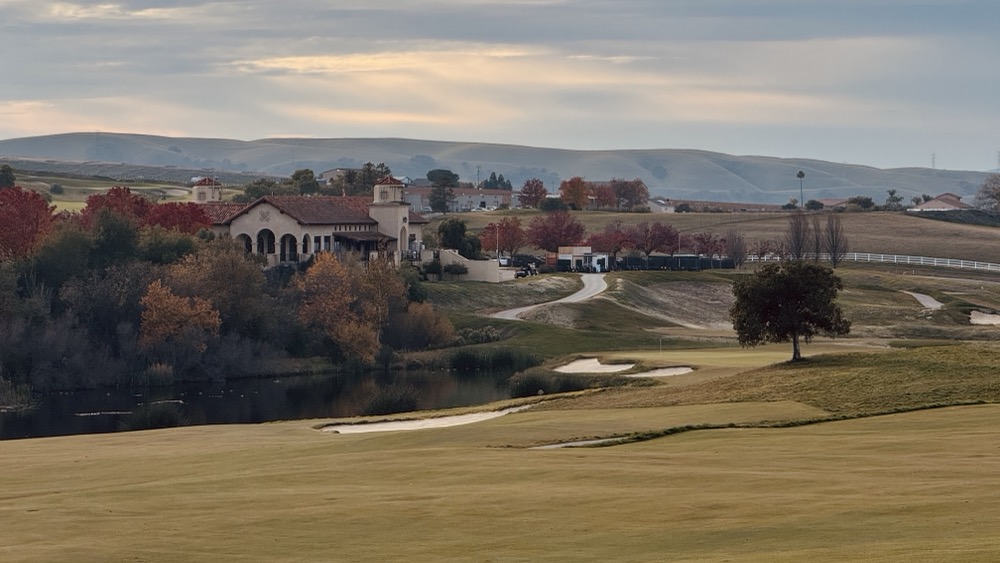Venice - City of Nations
Julie and I spent our first full day in Venice with Michael Broderick, proprietor of Venicescapes, learning about Venice as a City of Nations.
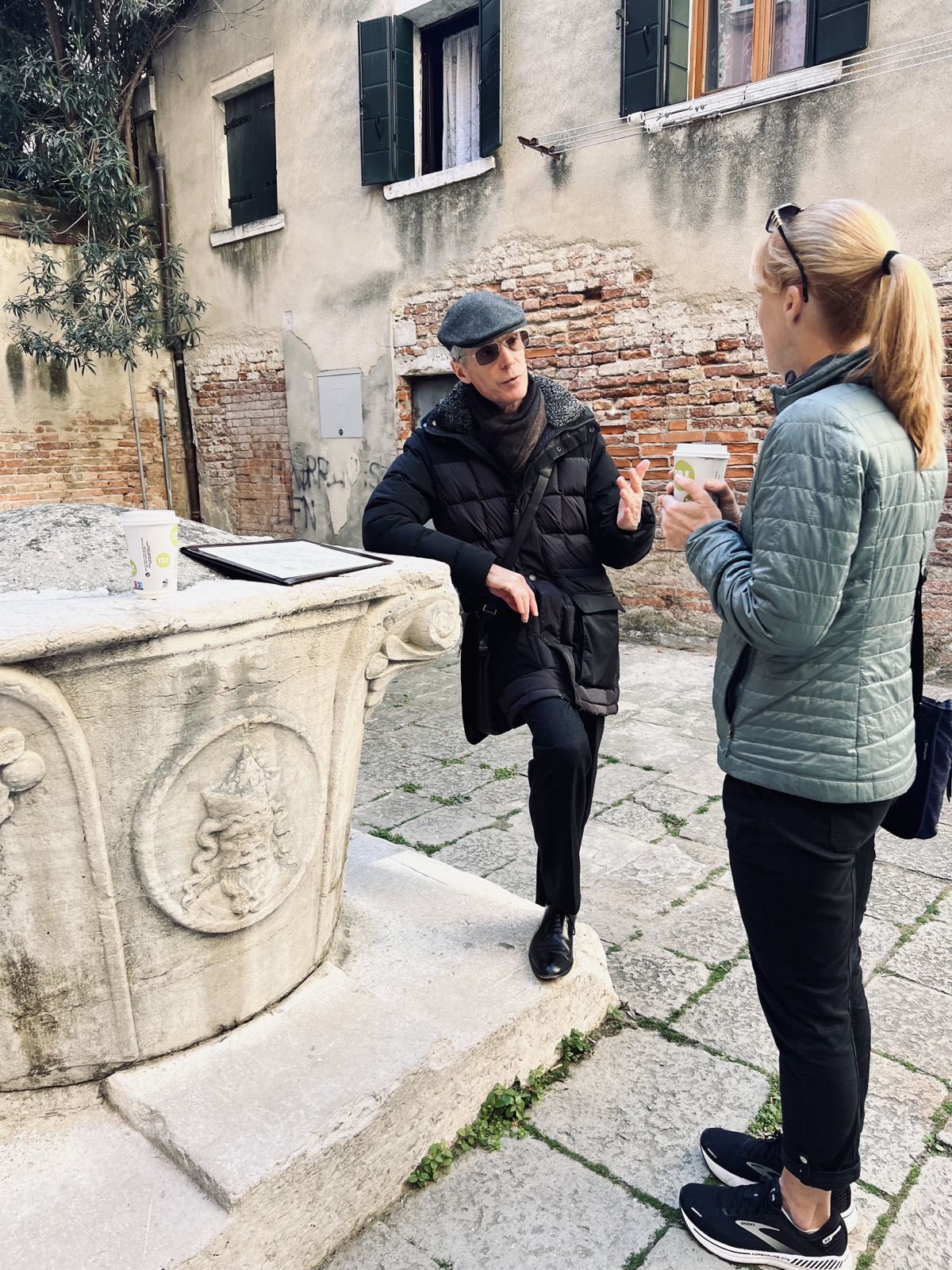 Our tour starts with Michael
Our tour starts with Michael
I chose this tour because I’m fascinated by ex-pat and diaspora populations living and sometimes thriving in a foreign context. What better place to explore this than Venice, where during a 600+ year empire there were many such communities?
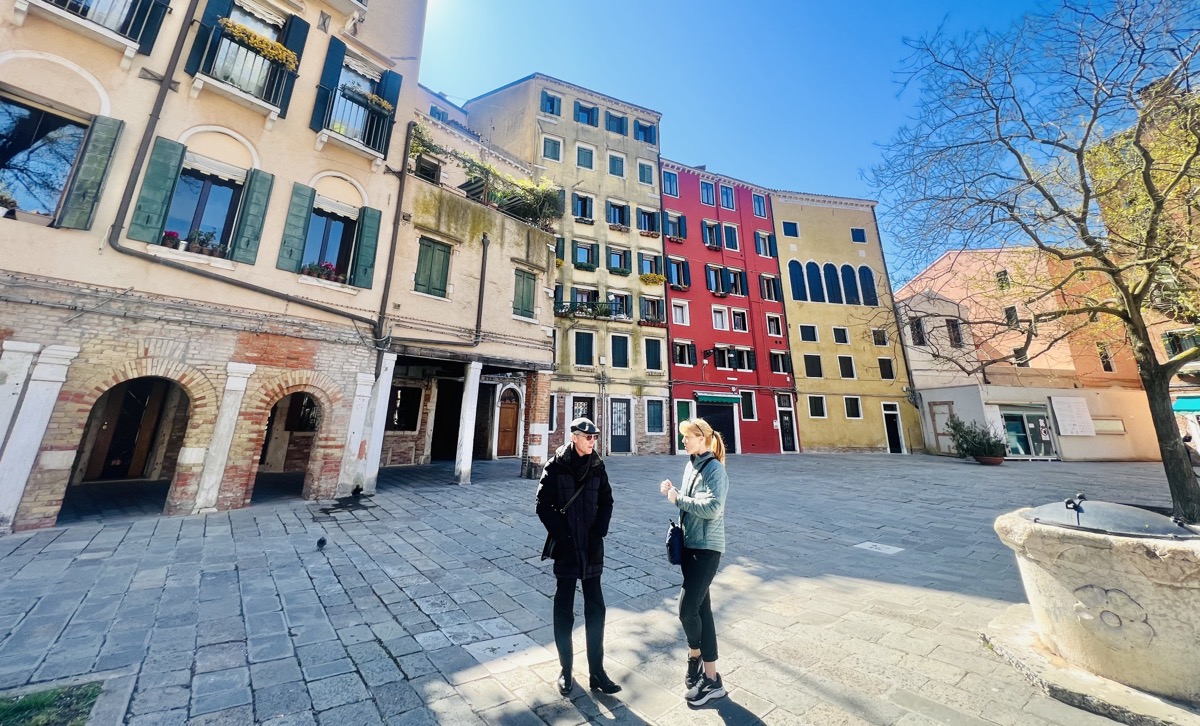 Plaza in the ghetto
Plaza in the ghetto
The summary that I linked to above provides very accurate information on what we covered. The ongoing theme was a welcoming atmosphere for non-Venetian communities as long as they enriched the existing establishment. There was no desire to integrate these populations, and as you may know the word ghetto originated here as the Jewish population was forced to live in a small contained island. They were convenient scapegoats for some bad stuff that had happened, plus there was a general concern about heretical thinking infecting the Catholic population.
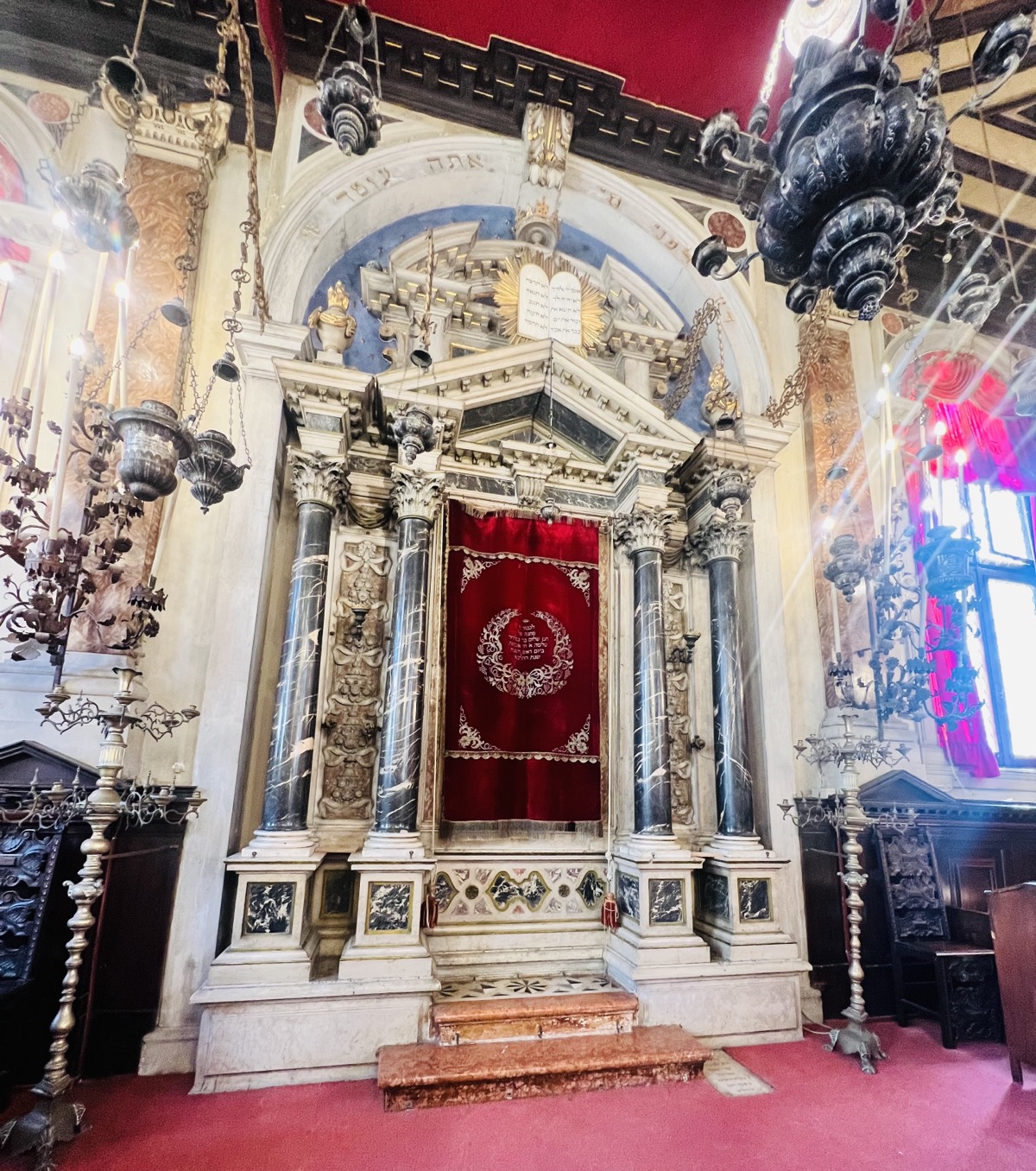 Synagogue for the Sephardic group
Synagogue for the Sephardic group
We visited several of the places of worship: two synagogues, a Greek Orthodox church, and an Armenian church. These were very interesting because of the context: constructed by Venetian architects and builders, they all had a similar rectangular shape with finishing that looked very… Catholic. This was allowed and even supported by the local ethnic population: they craved having symbols of status and wealth that mirrored that of the Venetians. So the pulpit (my word, I’m sure it has a proper name) in one of the synagogues was up very high above the sacred Torah opposite the chamber; apparently not a standard arrangement.
It is improper to think of the Jews in Venice as a monoculture; there was incredible diversity in their population. Sephardic Jews from Iberia, Sephardic from the Levant, Ashkenazi from Germany, Ashkenazi from France, and probably others. The Sephardics were the elites, being deeply involved with trade to the eastern Mediterranean, and their places of worship show it. The Ashkenazi were the poorer group, running pawn shops as a means of retaining their banking roles.
Other communities had community houses, known as schools, that also generally evolved into places of worship. There was great tolerance for other Roman Catholic communities (German, Armenian) and suspicious tolerance of non-Christian groups (Jews of course but also Turkish). Again, as long as there was financial contribution.
The tour was a great launching point for more reading and research I plan to do. Highly recommend him if deep dives this are your thing.
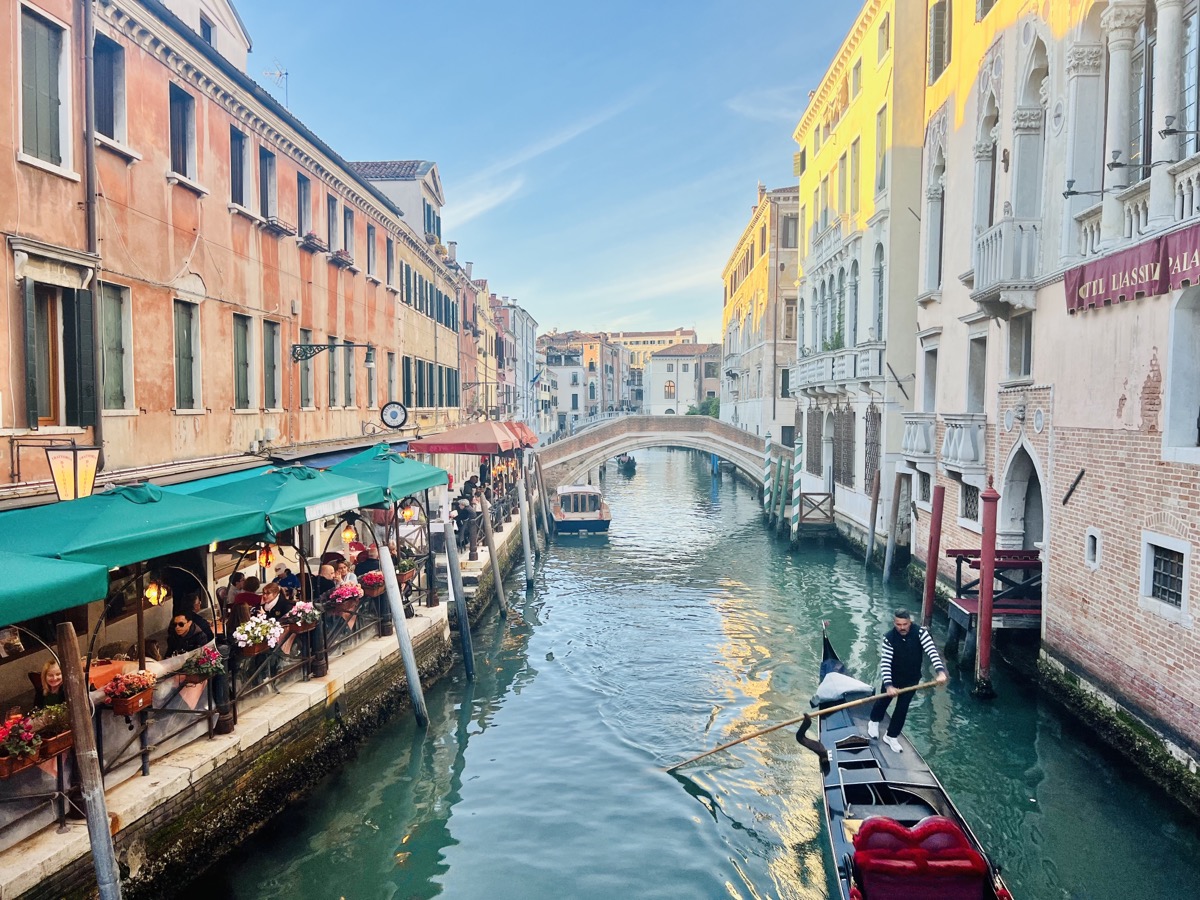 Classic Venice canal
Classic Venice canal
We ended the day with a magic hour wander and get lost on the main island. We felt more comfortable and grins grew on our faces the further we got from St. Mark’s.







